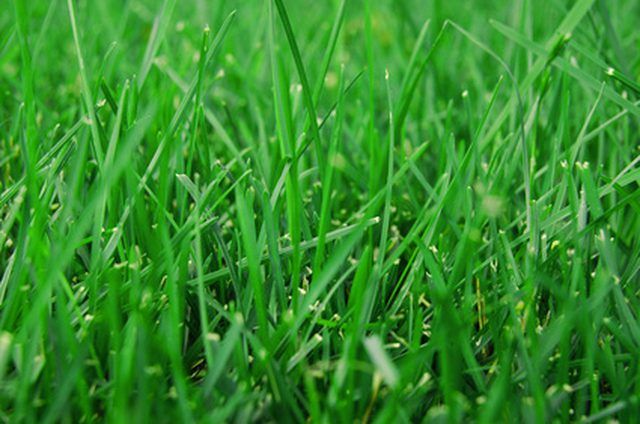Bulbs
Flower Basics
Flower Beds & Specialty Gardens
Flower Garden
Garden Furniture
Garden Gnomes
Garden Seeds
Garden Sheds
Garden Statues
Garden Tools & Supplies
Gardening Basics
Green & Organic
Groundcovers & Vines
Growing Annuals
Growing Basil
Growing Beans
Growing Berries
Growing Blueberries
Growing Cactus
Growing Corn
Growing Cotton
Growing Edibles
Growing Flowers
Growing Garlic
Growing Grapes
Growing Grass
Growing Herbs
Growing Jasmine
Growing Mint
Growing Mushrooms
Orchids
Growing Peanuts
Growing Perennials
Growing Plants
Growing Rosemary
Growing Roses
Growing Strawberries
Growing Sunflowers
Growing Thyme
Growing Tomatoes
Growing Tulips
Growing Vegetables
Herb Basics
Herb Garden
Indoor Growing
Landscaping Basics
Landscaping Patios
Landscaping Plants
Landscaping Shrubs
Landscaping Trees
Landscaping Walks & Pathways
Lawn Basics
Lawn Maintenance
Lawn Mowers
Lawn Ornaments
Lawn Planting
Lawn Tools
Outdoor Growing
Overall Landscape Planning
Pests, Weeds & Problems
Plant Basics
Rock Garden
Rose Garden
Shrubs
Soil
Specialty Gardens
Trees
Vegetable Garden
Yard Maintenance
How to Get Grass to Turn Green
How to Get Grass to Turn Green. In a neighborhood of dry, brown grass, a green lawn is somewhat of a status symbol. It proclaims that a homeowner has the means to achieve what his or her neighbors haven't: a lawn that looks good year-round. If you want to be that homeowner, you must first learn what type of grass grows in your lawn. It's probably...

In a neighborhood of dry, brown grass, a green lawn is somewhat of a status symbol. It proclaims that a homeowner has the means to achieve what his or her neighbors haven't: a lawn that looks good year-round. If you want to be that homeowner, you must first learn what type of grass grows in your lawn. It's probably the same grass your neighbors have, but with a little knowledge, you can turn yours from brown to green.
Things You'll Need
Grass zone map
Fertilizer
Fertilizer spreader
1-inch rain/sprinkler gauge with spike
Sprinkler system
Refer to a grass zone map to find out what kind of grass grows in your lawn (see Resources). The type of grass you have determines how you should care for it, according to Dawn West of All About Lawns.
Visit your local garden care store to buy the proper fertilizer for your type of grass. Position a fertilizer spreader over a hard, level surface and pour the fertilizer into it. Push the spreader around the lawn to evenly distribute the fertilizer.
Stick a 1-inch rain gauge into your lawn. Choose an open area so that the gauge doesn't catch water that falls from objects like trees or buildings.
Set your sprinkler system to water your lawn. Note the length of time it takes for the rain gauge to collect 1 inch of water. This is how long you should typically water the grass.
Leave the rain gauge in the ground for the rest of the week. Note how much water it collects if it rains. Repeat Step 4 if needed to be sure that the grass receives 1 to 2 inches of rain during the week.
Monitor the grass for brown spots in the following weeks. Stick the rain gauge in any brown spots to check how much water they receive when the sprinkler is on. Adjust the sprinkler system to better water these areas, since they probably receive too little.
Tips & Warnings
It may help to talk to the person who planted your lawn. He or she may have planted a type that doesn't normally grow in your area.
It's best to water grass in the early morning. This rinses away any disease spores that may have gathered overnight and keeps water from evaporating immediately.
You only need to fertilize your grass once per year: in spring for warm season grasses and in fall for cool season grasses. Applying fertilizer too heavily or too often can damage grass.
Avoid giving your lawn more than 2 inches of water per week, including rain. Otherwise, you encourage unwanted plants like dollarweed and sedge to grow.